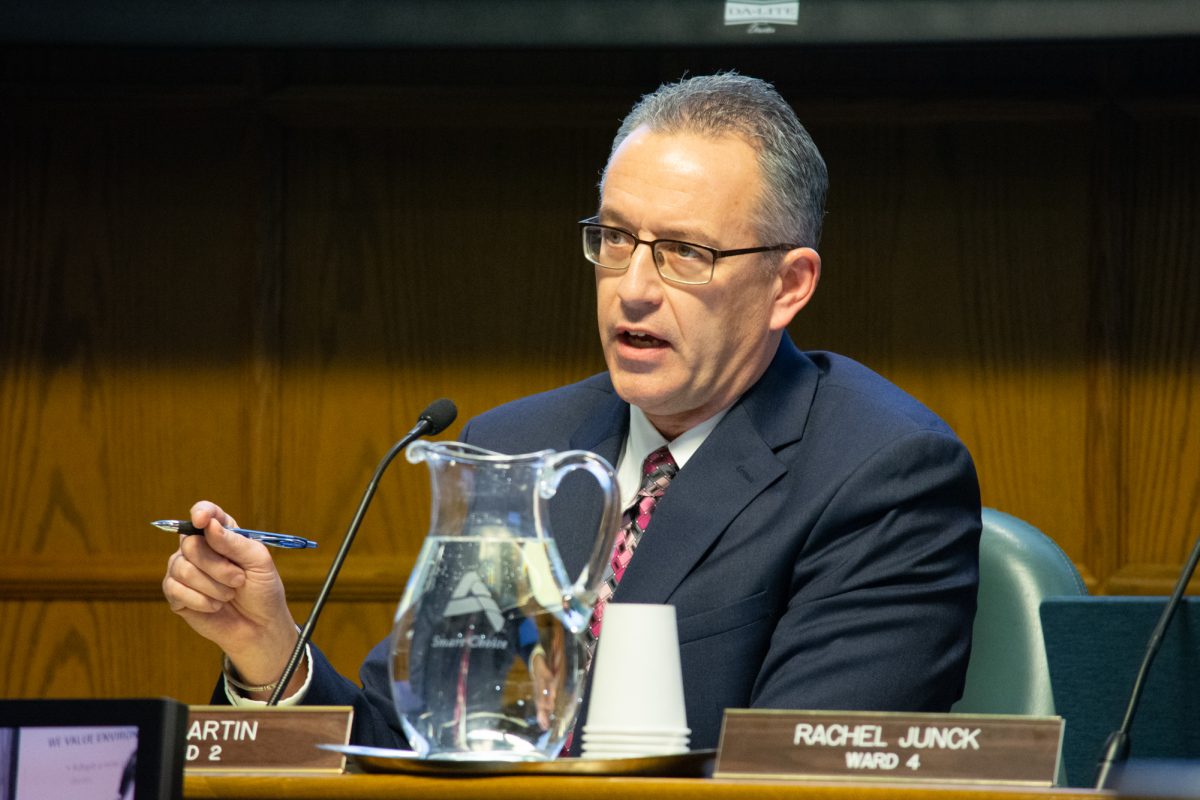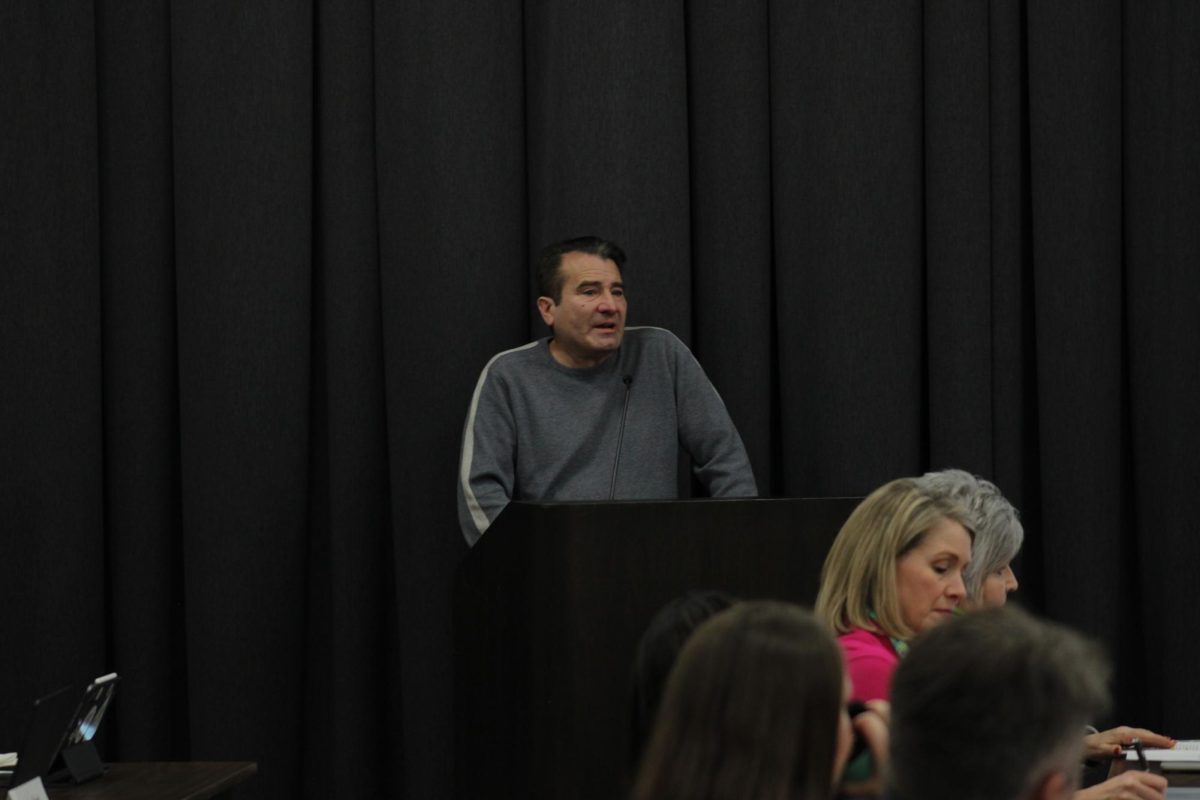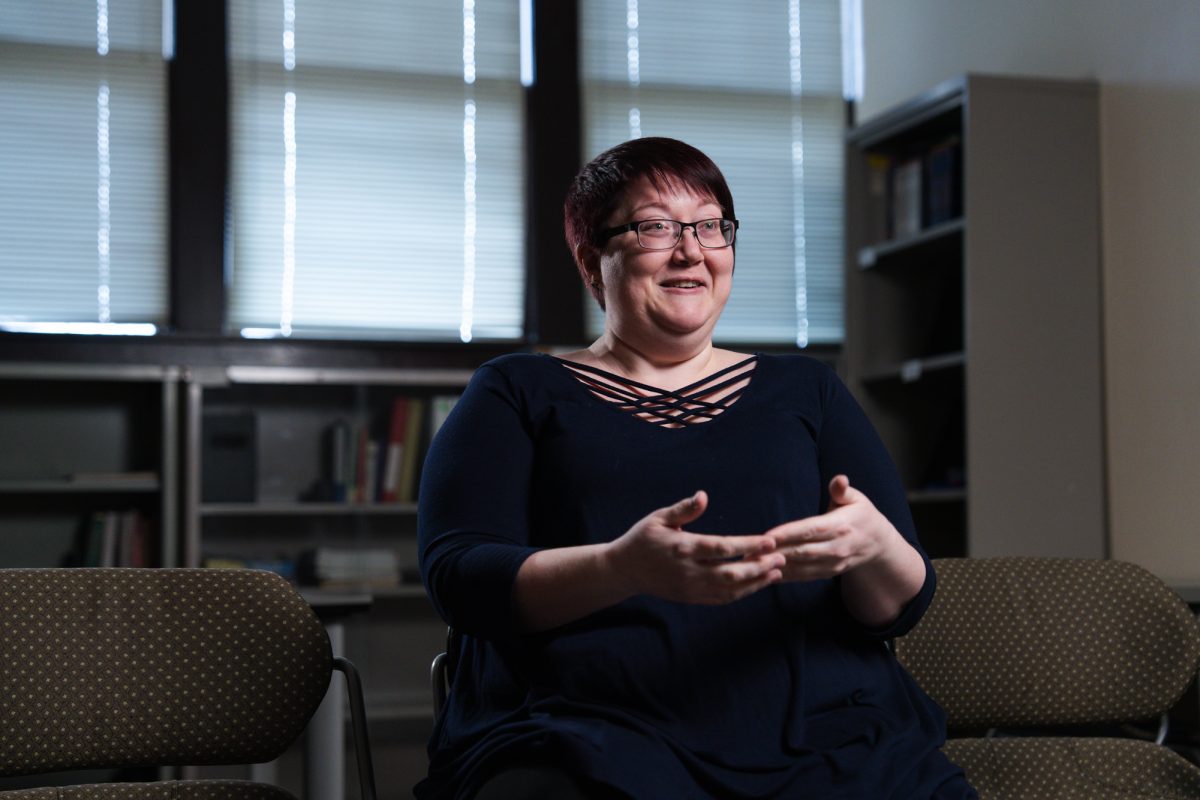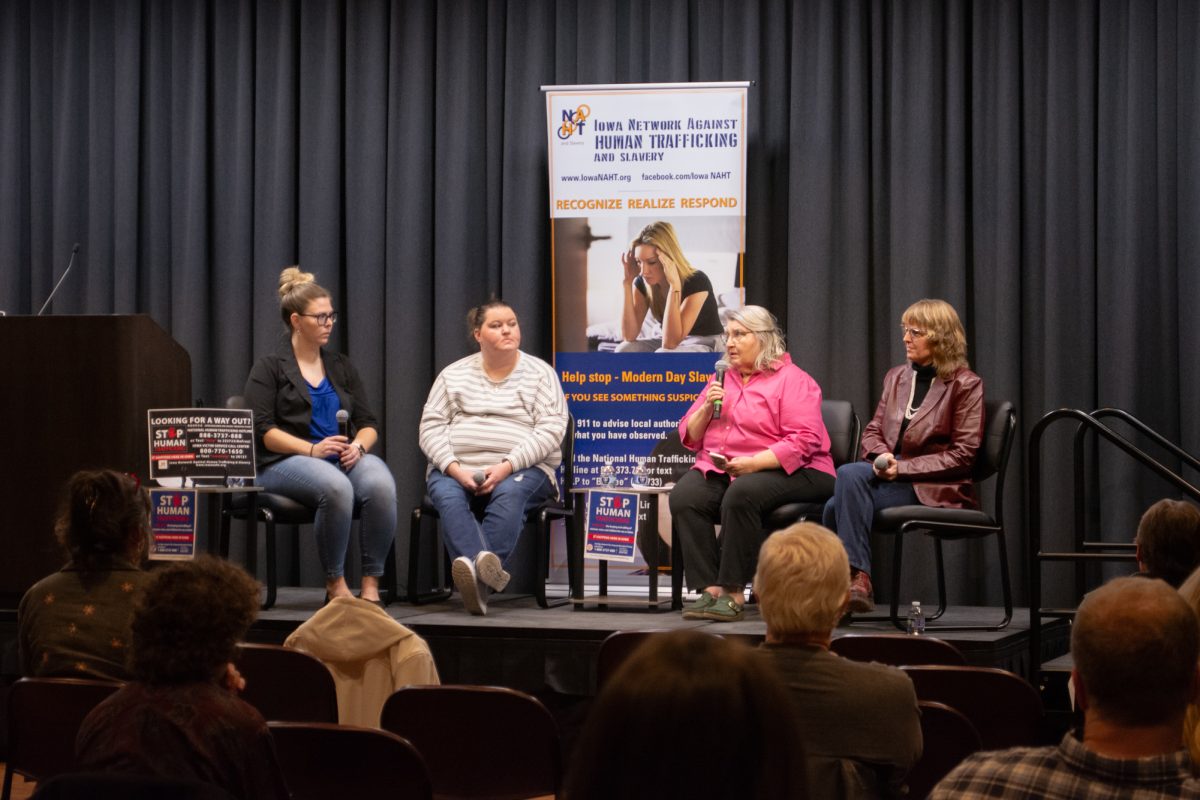Impacts of gender and racial microaggressions in engineering
Women of color shared their experiences facing discrimination and microaggressions in the engineering field.
March 27, 2022
Makayda Johnson, a senior in industrial engineering, says she has faced racial and gender discrimination in her education, specifically remembering a professor who made a slave joke in class.
“We were doing some type of lab work in class, and he was relating us and what we were doing to cheap labor, but then he’s like, ‘oh, yeah, you guys are like slaves,’” Johnson said.
Johnson serves as the National Society of Black Engineering club president at Iowa State. She has experienced microaggressions and discrimination relating to her race and gender in her education.
“There’s a lot of discrimination, especially amongst your peers,” Johnson said. “A lot of our peers feel as though the reason that we are in these spaces is because of special treatment, because we’re Black-identifying or multicultural-identifying.”
While Johnson was able to brush off the comment from her professor, she did not feel like it was appropriate as a Black woman.
Other minorities in engineering said they had faced microaggressions and discrimination in their education and career. Women and multicultural minorities say that while microaggressions and discrimination may not be intentional, it still has an adverse effect.
Despite the projected growth for engineering positions, the number of women and minorities in the industry fails to grow. Women and minorities in engineering believe that discrimination and microaggressions are pushing capable minorities away from the industry.
Women and multicultural groups are a minority in engineering. According to the Congressional Joint Economic Committee, 14 percent of all professionals working in engineering fields are female. According to statistics published by Zippia, roughly 72 percent of all engineers are white.
Iowa State demographics show that women and multicultural students in engineering are the overall minority. Overall, roughly 83 percent of engineering majors are male-identifying, and 17 percent are female-identifying. Multicultural students make up 16 percent of engineering majors.
Sophomore in industrial engineering, Kayley Clark, has experienced gender-based microaggressions. Clark’s specific experience involved a lab TA that treated the two women in the class differently.
“The TA, or the person running my lab, will always go through the entire assignment first before we even start the lab,” Clark said. “Then, immediately after starting the lab, he will walk all the way to the back where we’re sitting, and he’ll reexplain that entire assignment again for a second time just to us, as if we didn’t get it the first time.”
Connie Hargrave serves as the associate dean for equity and engagement at the College of Engineering. Hargrave believes that discrimination may happen because expectations do not always align.
“Everybody was allowed to come to college, by gender, but things were more tailored because we expected as a society, we expected men to go to college,” Hargrave said.
Hargrave believes any time an individual is different from the norm, there is a higher likelihood for microaggressions.
“The norm can be anything, but anytime somebody doesn’t fit into that norm…then there’s a possibility for microaggression,” Hargrave said.
While minorities may face discrimination in their education, it does not always stop once they graduate.
Kristen Kobayashi is a Japanese woman in engineering currently residing in the Netherlands.
Kobayashi faced a situation during her career where a member of her management team chose not to send her to Japan for a business trip.
Her management said she would be discriminated against because she is a woman. They also said she would not be taken seriously because she did not speak Japanese, despite being of Japanese descent.
While this situation did not phase Kobayashi, it does exemplify the gender and racial discrimination she has faced in her career.
Kobayashi said she does not think gender discrimination is intentionally placed as a barrier in her career. She believes that gender roles have long been present in society, which may affect the number of women pushed into an engineering career.
“I don’t think they discriminated against women intentionally, but you know, back in the ’80s, they definitely had more of a culture of ‘women should be at home with the family,’” Kobayashi said. “It’s just cultural bias.”
Johnson feels that misrepresentation is the reasoning behind the lack of gender and cultural diversity in engineering. She believes that when society thinks of engineers, they think of white males, which is who the career is pushed toward.
“I feel as a society, we really need to start reconditioning how we think and how we teach, because every field should be made available to everyone,” Johnson said.
While discrimination and microaggressions are present in engineering, Hargrave has hope for the future.
“I think all of our eyes, collectively, are broadening about who can do what, not just in engineering and not just in STEM fields, but across all areas,” Hargrave said. “Maybe we’ve been wrong all along about who can excel.”







